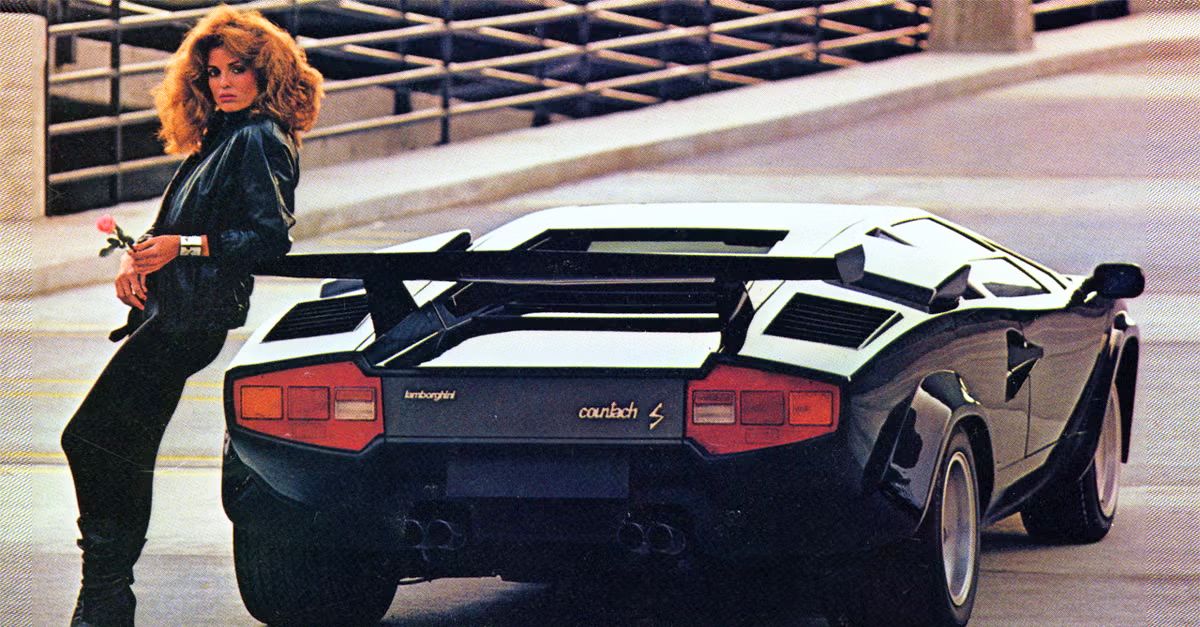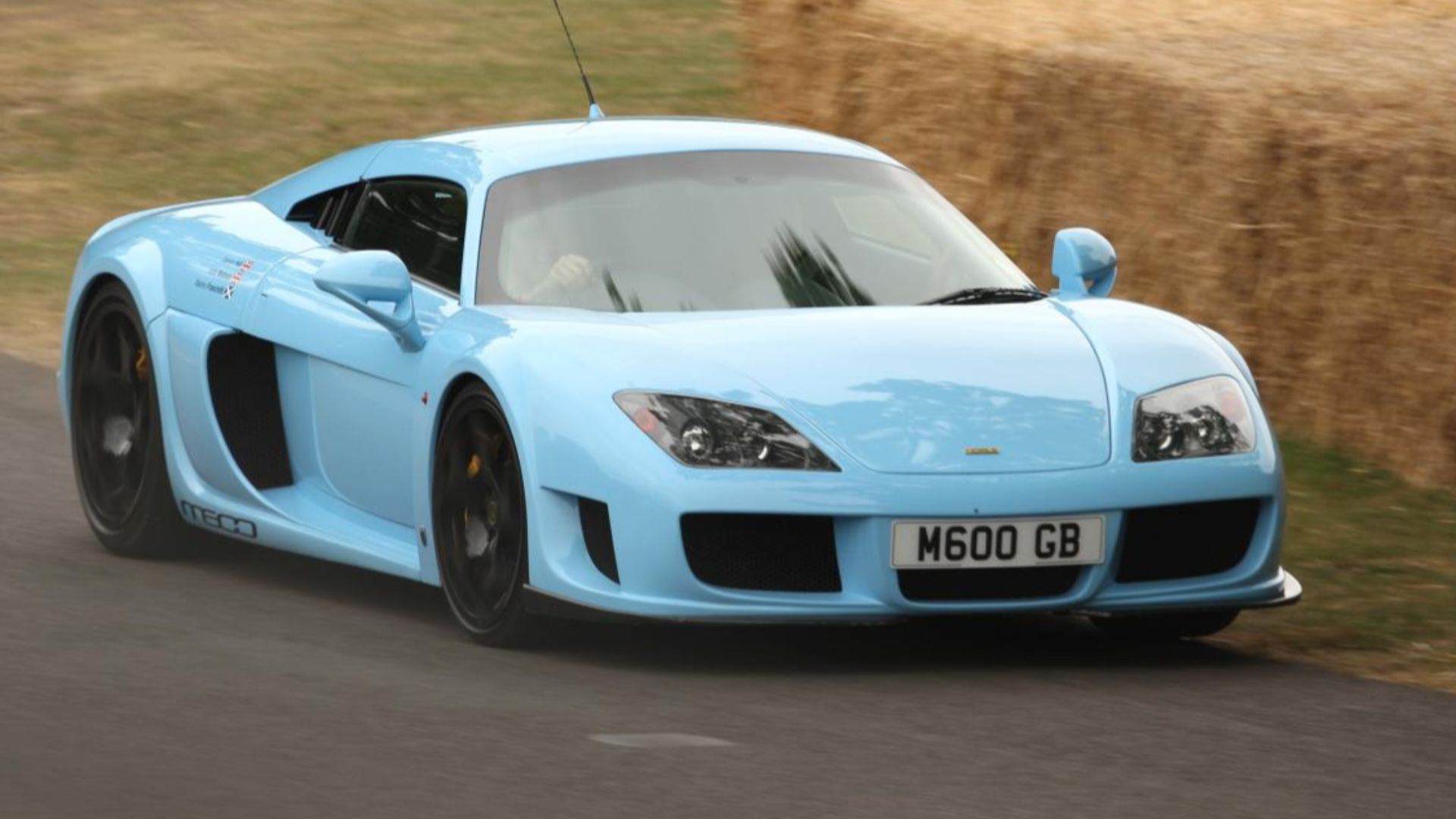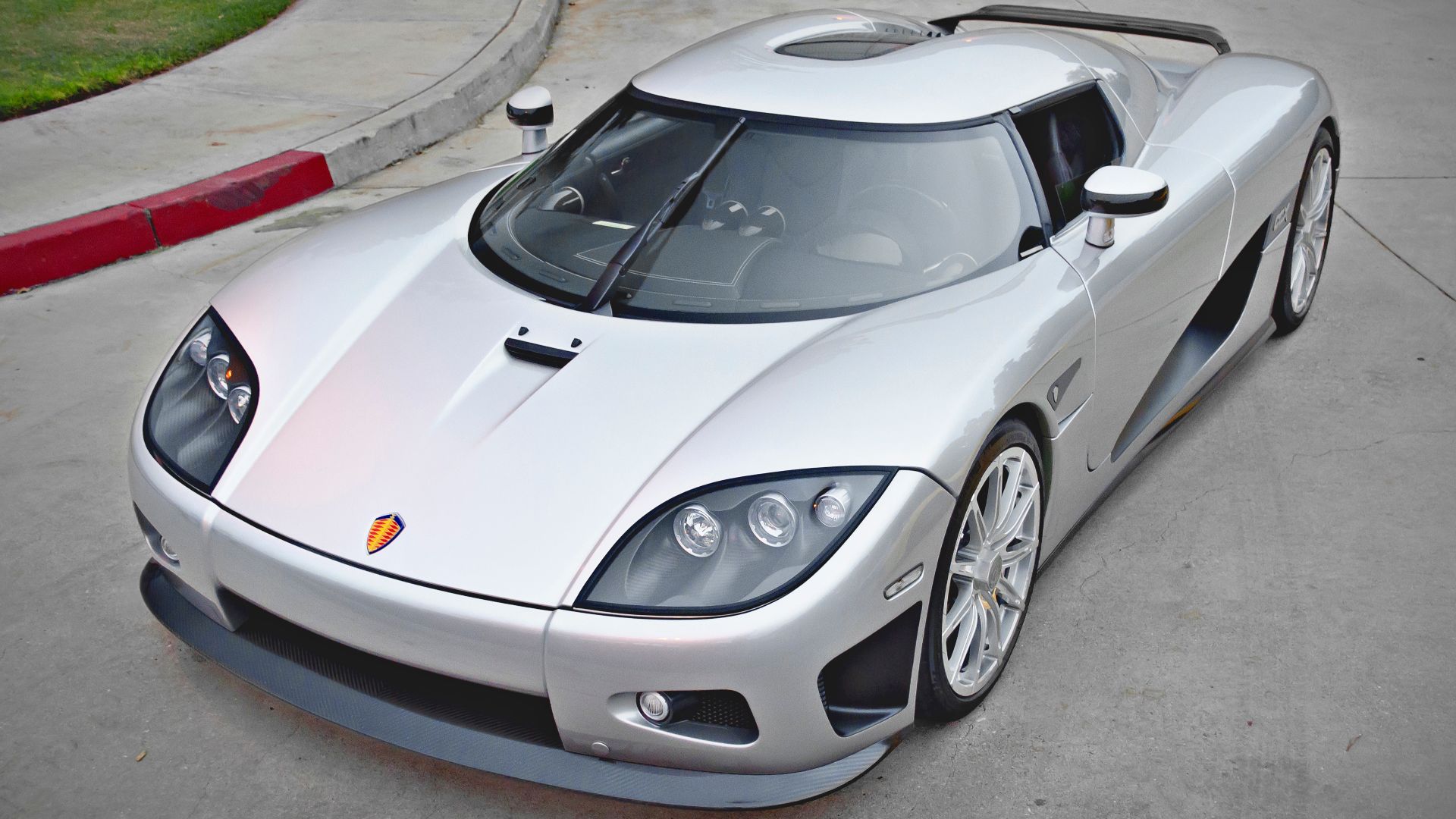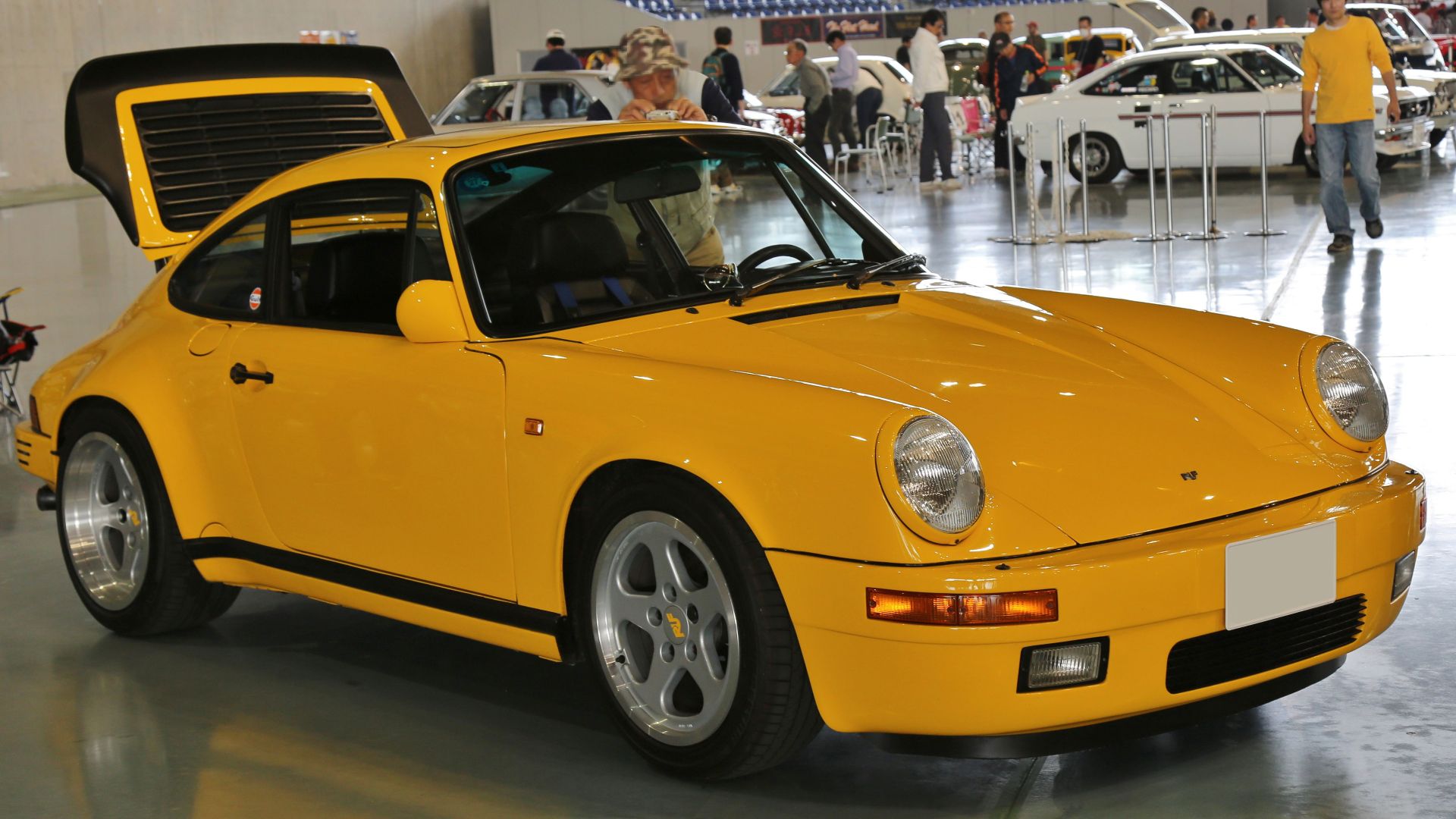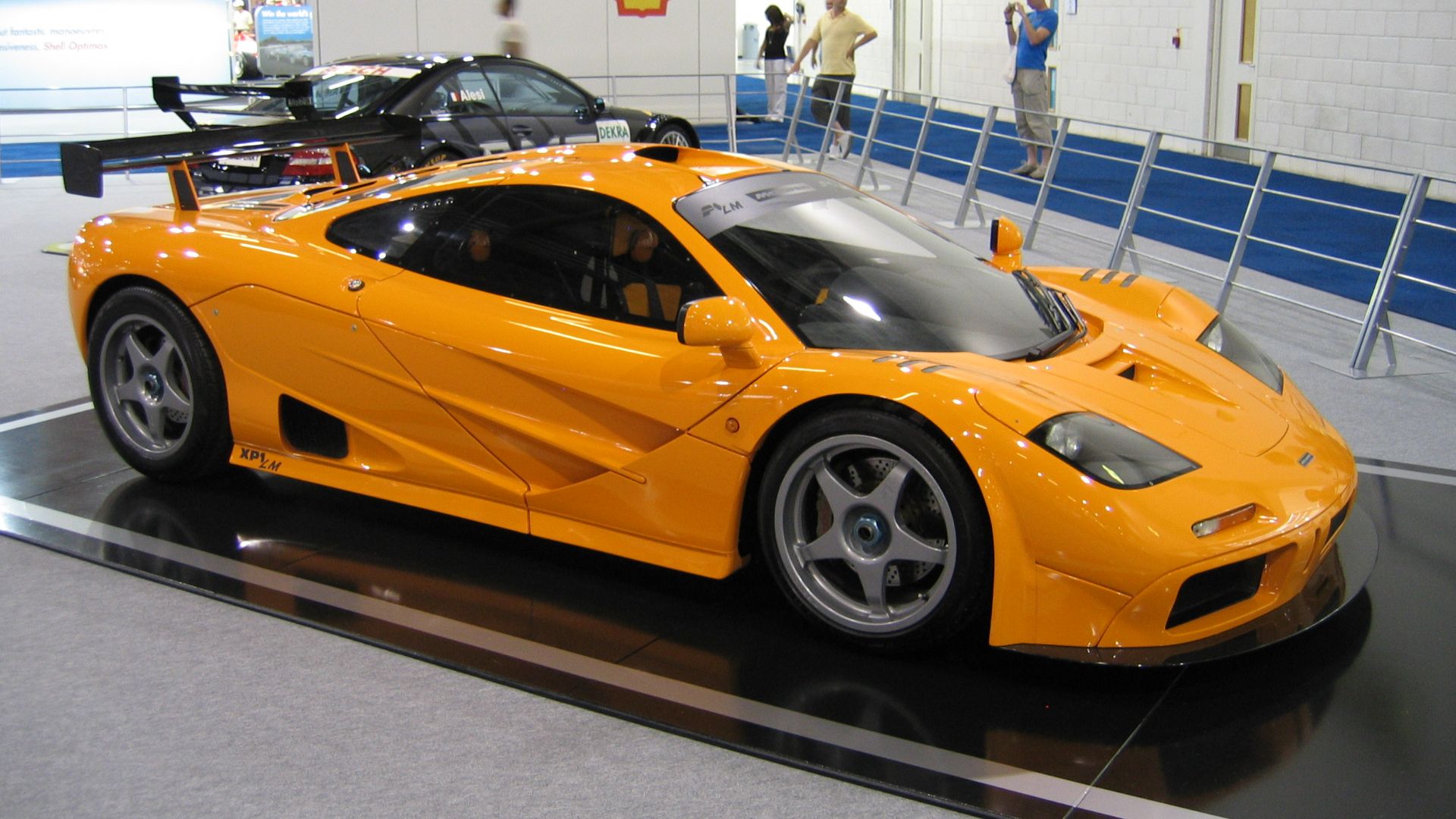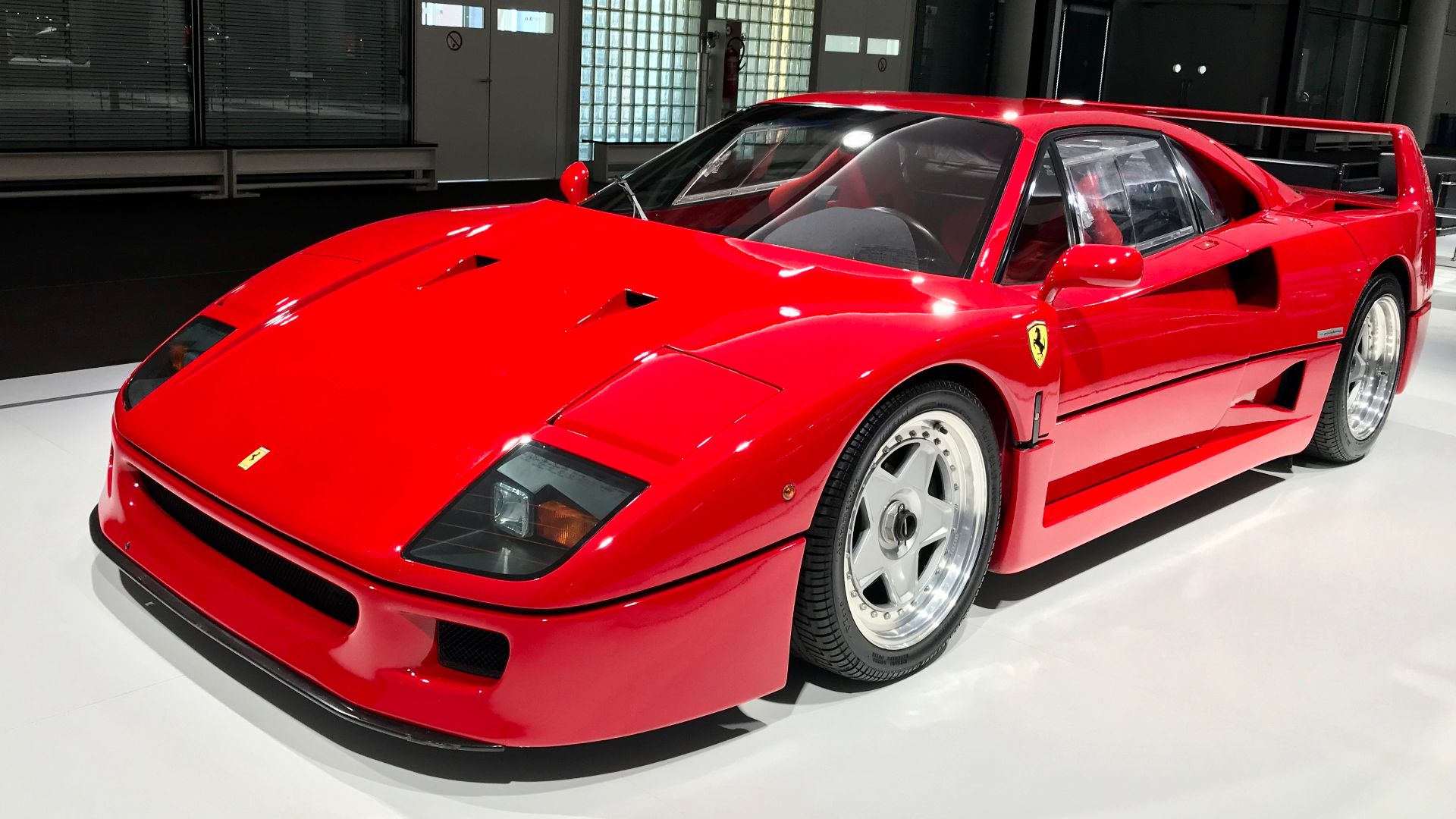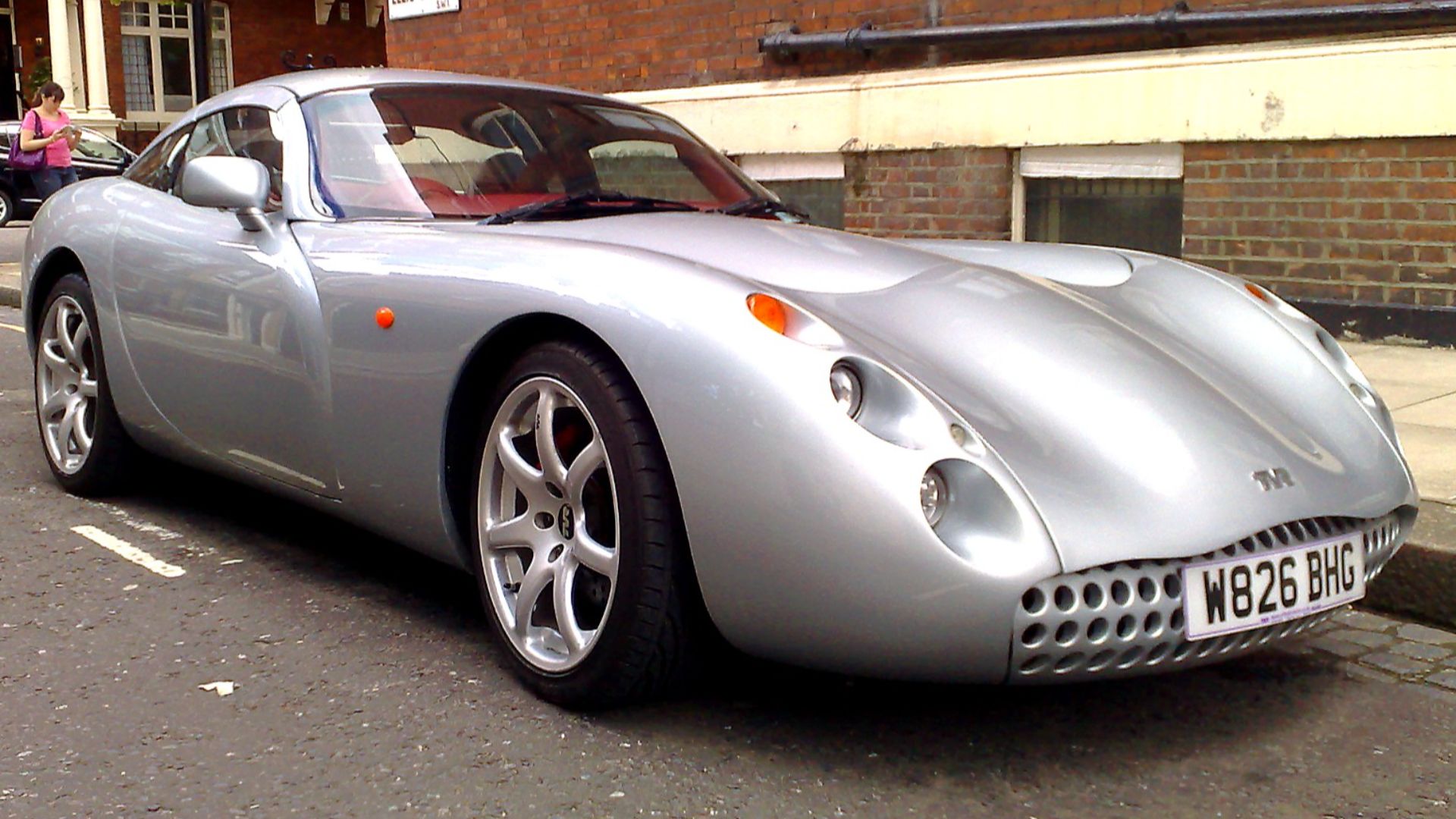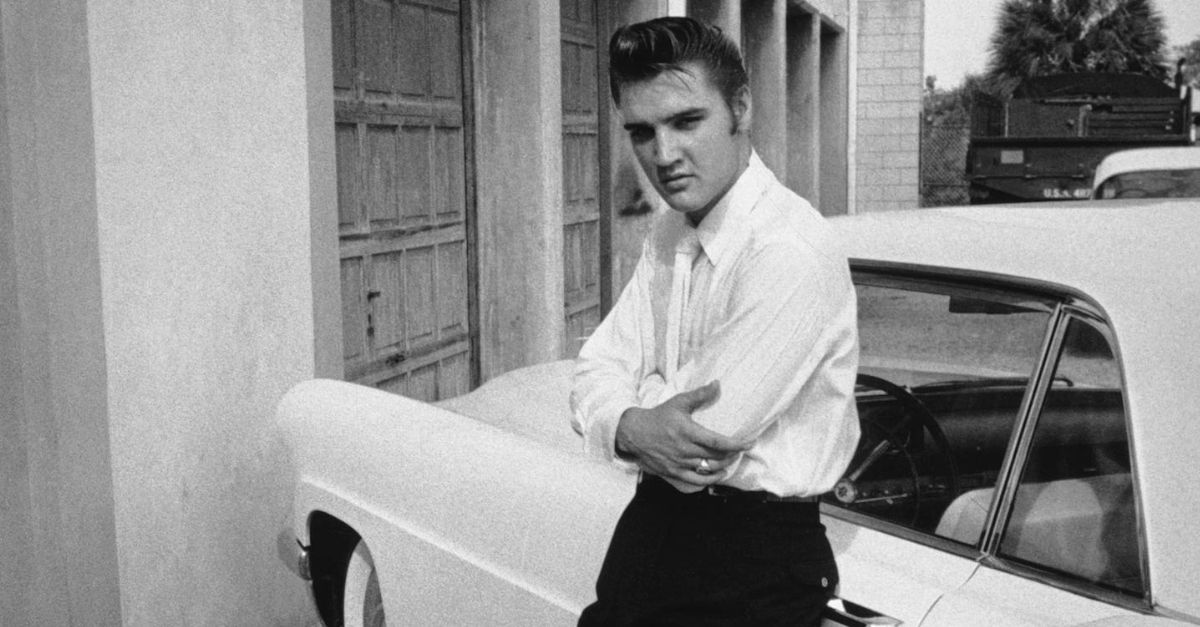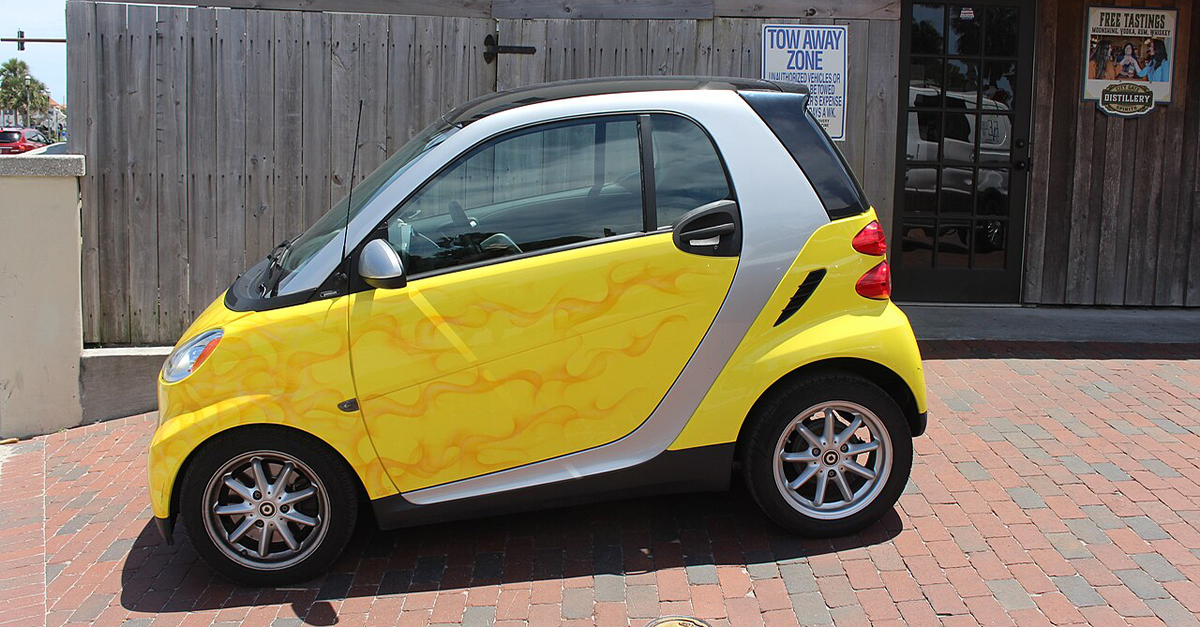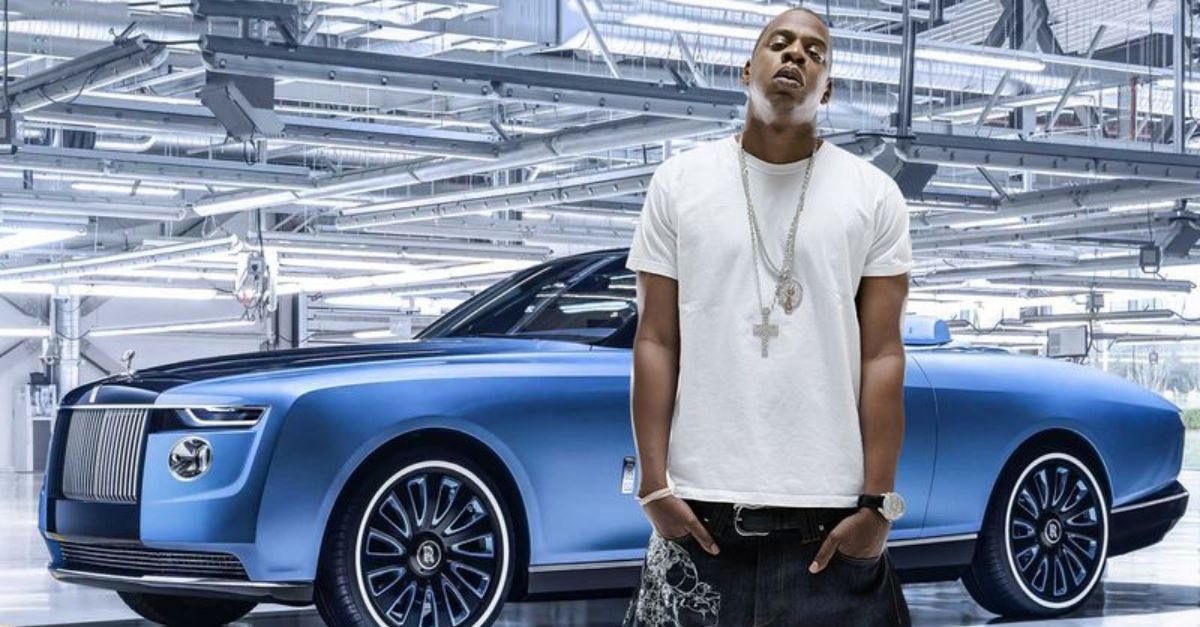Fast Cars Without Safety Nets
Speed has always carried a price, and history shows how easily brilliance can slip into danger. Some machines celebrated for innovation also revealed flaws that made driving them far riskier than anyone had first imagined.

Porsche Carrera GT
Behind the Carrera GT’s beauty lurked danger: no electronic stability control and a high-strung V10. Even tiny mistakes could become catastrophic. Its snap oversteer caught many off guard, and Paul Walker’s fatal crash sealed its legacy as a terrifying 4-wheeler.
 Brian Snelson from Hockley, Essex, England, Wikimedia Commons
Brian Snelson from Hockley, Essex, England, Wikimedia Commons
Lamborghini Countach
The Countach looked revolutionary but proved frustrating in everyday use. Rear visibility was almost nonexistent, and scissor doors created serious problems during rollovers. Heavy steering and a demanding clutch also made the car exhausting to drive.
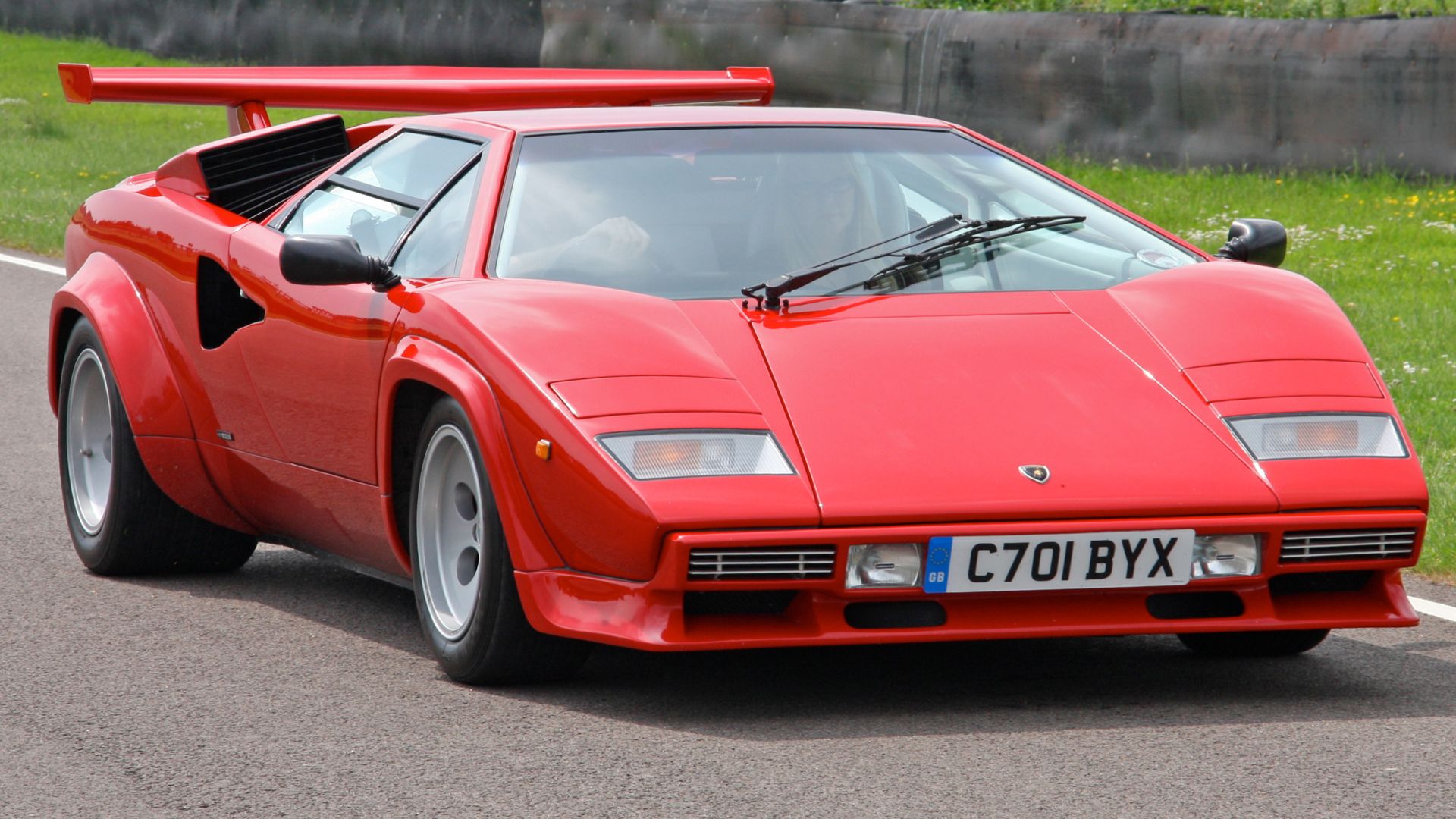 Brian Snelson from Hockley, Essex, England, Wikimedia Commons
Brian Snelson from Hockley, Essex, England, Wikimedia Commons
Dodge Viper RT/10 (First Gen)
Born in the 1990s, the first Viper stripped away modern safety. No airbags. No traction control. No ABS. Just brutal torque from a massive V10. Many drivers underestimated it, spinning out on the first drive itself, and that’s how it earned a fearsome reputation.
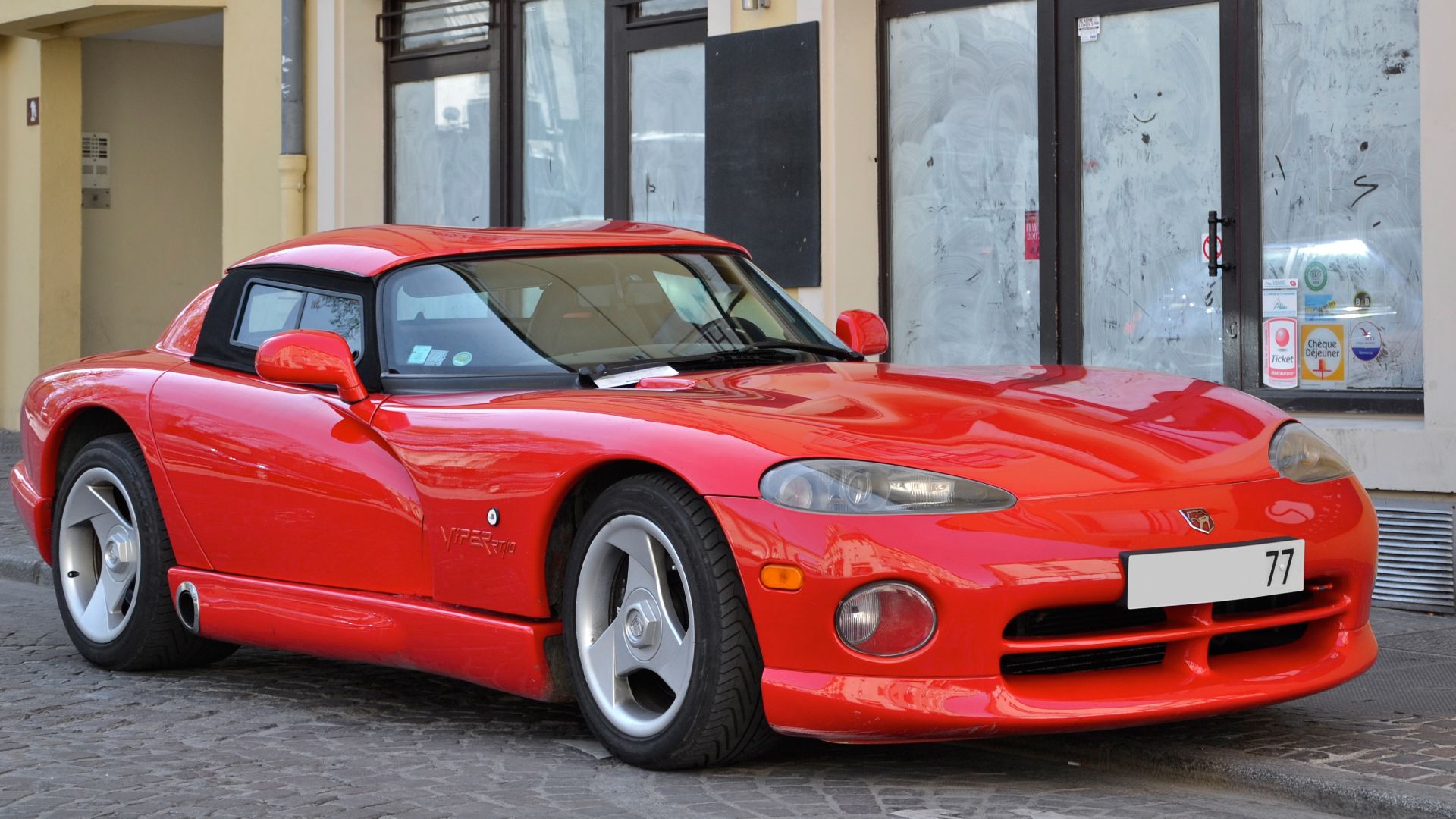 Alexandre Prévot from Nancy, France, Wikimedia Commons
Alexandre Prévot from Nancy, France, Wikimedia Commons
Pagani Zonda (First Gen)
Horacio Pagani’s first Zonda dazzled the world with carbon fiber artistry and an AMG V12. But it was stripped of electronic safety. Crashes—like the $17 million Barchetta wreck—reminded owners that beneath the beauty lay a hypercar with untamed fury.
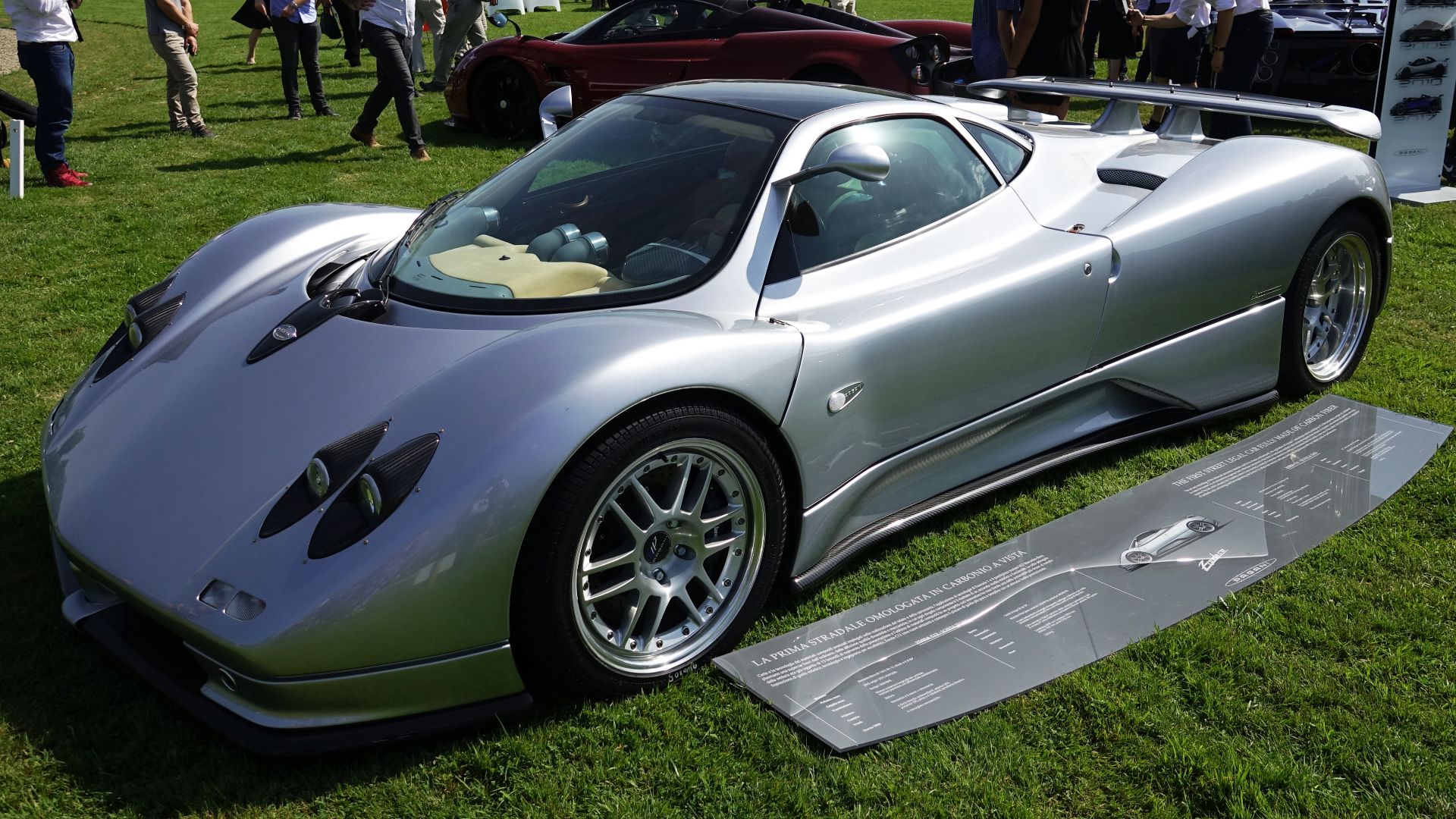 Y.Leclercq©, Wikimedia Commons
Y.Leclercq©, Wikimedia Commons
Noble M600
Unlike polished supercars, the Noble M600 felt raw, almost handmade. With over 650 horsepower and no ABS, it punished overconfidence mercilessly. Its stiff suspension and rare, custom-built design heightened its unpredictability, turning it into a supercar reserved for those who embrace danger without hesitation.
Caparo T1
The Caparo T1 was built with Formula 1 ambitions, not public roads, as its ultra-light frame proved unstable during high-speed tests. Suspension problems and sudden fires revealed deeper flaws, and once speeds passed 160 mph, the risks became unavoidable.
 Robin Corps from Crowthorne, England, Wikimedia Commons
Robin Corps from Crowthorne, England, Wikimedia Commons
Koenigsegg CCX
Though the Koenigsegg CCX could fly past 200 mph, with the absence of a large rear wing, aerodynamics turned treacherous. Its twin-supercharged V8 poured on dizzying power while lacking stability aids. Sensitive steering also made small inputs risky, and real crashes proved its lethal reputation wasn’t exaggerated.
Shelby Cobra 427
Carroll Shelby crammed a monster V8 into a tiny body to create an American legend, which was a nightmare to control. Its aluminum shell tore under stress, and those sketchy roll bars offered little safety. Oversteer and brute force made the Cobra exhilarating yet merciless.
 Handelsgeselschaft, Wikimedia Commons
Handelsgeselschaft, Wikimedia Commons
Porsche 550 Spyder
This mid-engine Porsche carried a haunting legacy. James Dean’s fatal crash immortalized the vehicle’s instability and lack of protection. Lightweight yet blisteringly quick, the 550 rewarded precision but punished mistakes, effectively proving that racing DNA doesn’t always suit open roads.
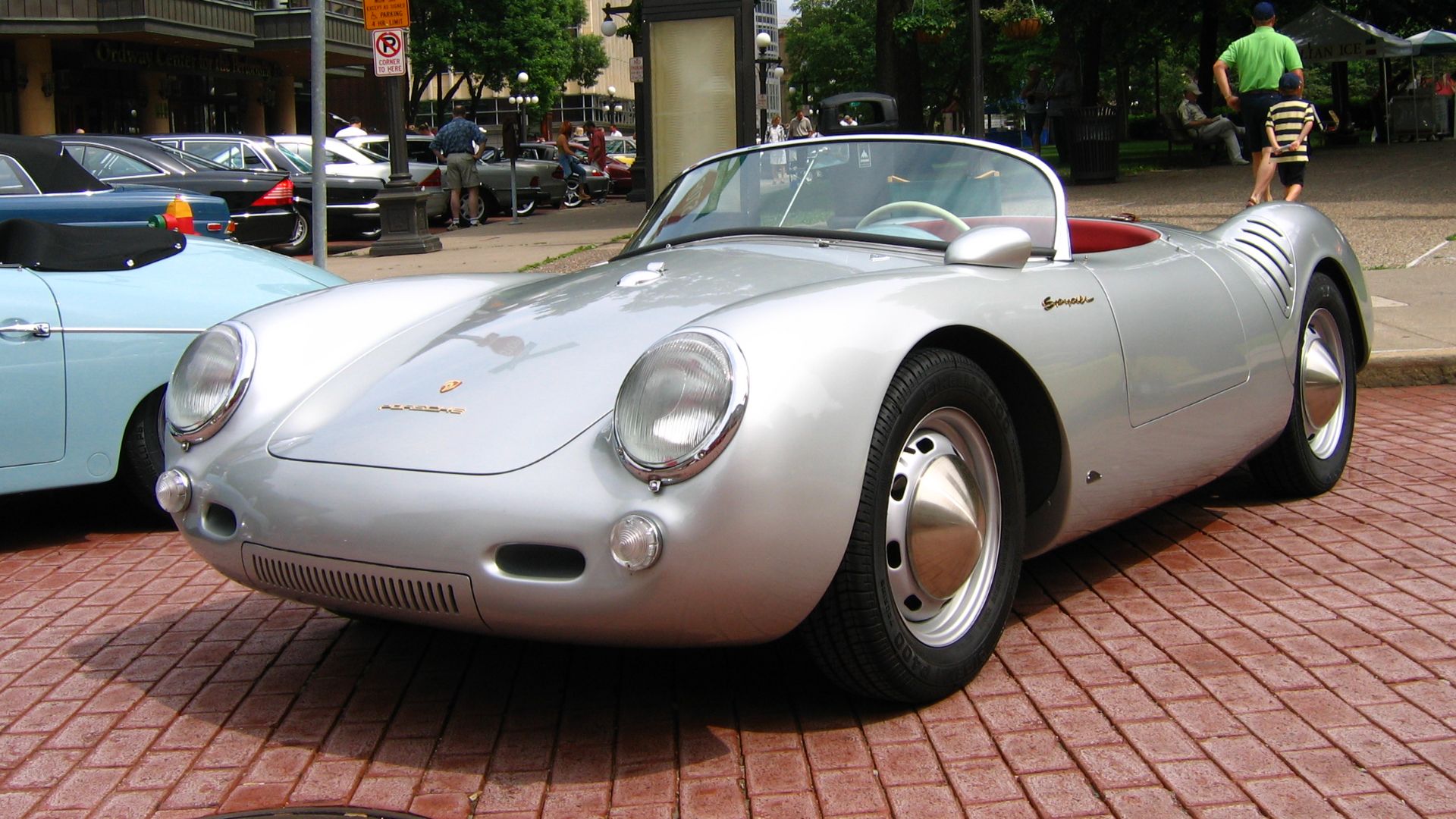 Jeremy Noble from St. Paul, United States, Wikimedia Commons
Jeremy Noble from St. Paul, United States, Wikimedia Commons
Ruf CTR “Yellowbird”
On Germany’s Nurburgring, the Yellowbird gained fame for terrifying slides. Its turbocharged flat-six delivered unpredictable surges, overwhelming its Porsche chassis. To top it off, there was a lack of stability control, so it demanded perfect skill.
Porsche 930 Turbo
Nicknamed the “Widowmaker”, the 930 Turbo was a beast with a cruel trick that has cemented its place in Porsche’s darker history. Its turbo lag hit like a sledgehammer, suddenly overloading the rear tires. Without ABS or traction control, overconfidence turned to spins and wrecks.
 Mr.choppers, Wikimedia Commons
Mr.choppers, Wikimedia Commons
McLaren F1
The McLaren F1’s limited production didn’t save it from earning an unforgiving reputation. It could push 240 mph; however, no stability meant tiny mistakes became disasters. Even careful owners, like Rowan Atkinson, are known to have crashed theirs.
TVR Chimaera
TVR’s Chimaera offered thrills with a price: no airbags, no ABS, and fiberglass that shattered on impact. Rust often weakened the chassis, too, while twitchy handling punished careless moves. For those craving pure chaos, it delivered—but safety was never part of the deal.
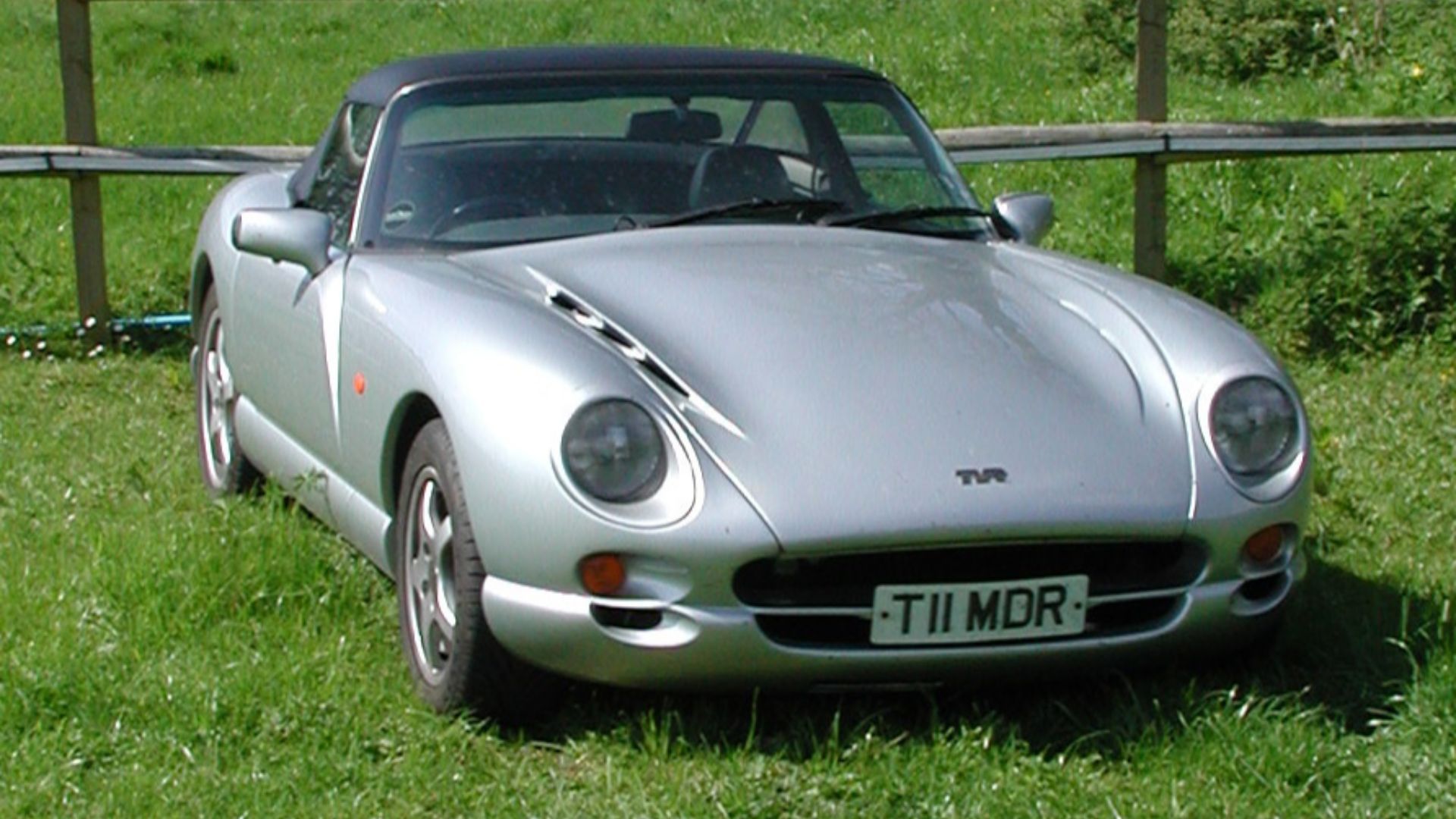 User Etimbo on en.wikipedia, Wikimedia Commons
User Etimbo on en.wikipedia, Wikimedia Commons
Zenvo ST1
The Zenvo ST1 became infamous after repeated mechanical failures and fire incidents, including a breakdown on Top Gear. Its 1,000+ horsepower engine and minimal driver aids made control difficult. To add to it, reliability problems and frequent overheating turned both road use and track driving into hazards.
Porsche 911 GT1 Strassenversion
Born from Le Mans racing, the GT1 Strassenversion felt out of place on city streets. Its 537-hp twin-turbo flat-six demanded racecar reflexes, not casual driving. With no electronic aids and a 192 mph top speed, this rare Porsche blurred the line between legend and liability.
Lamborghini Miura
In the late 1960s, the Miura stunned the world with its beauty and pioneering mid-engine design. Yet, at high speeds, the nose lifted and pulled drivers into instability. This car’s roaring V12 gave breathtaking performance, but it required concentration that many weren’t prepared to give.
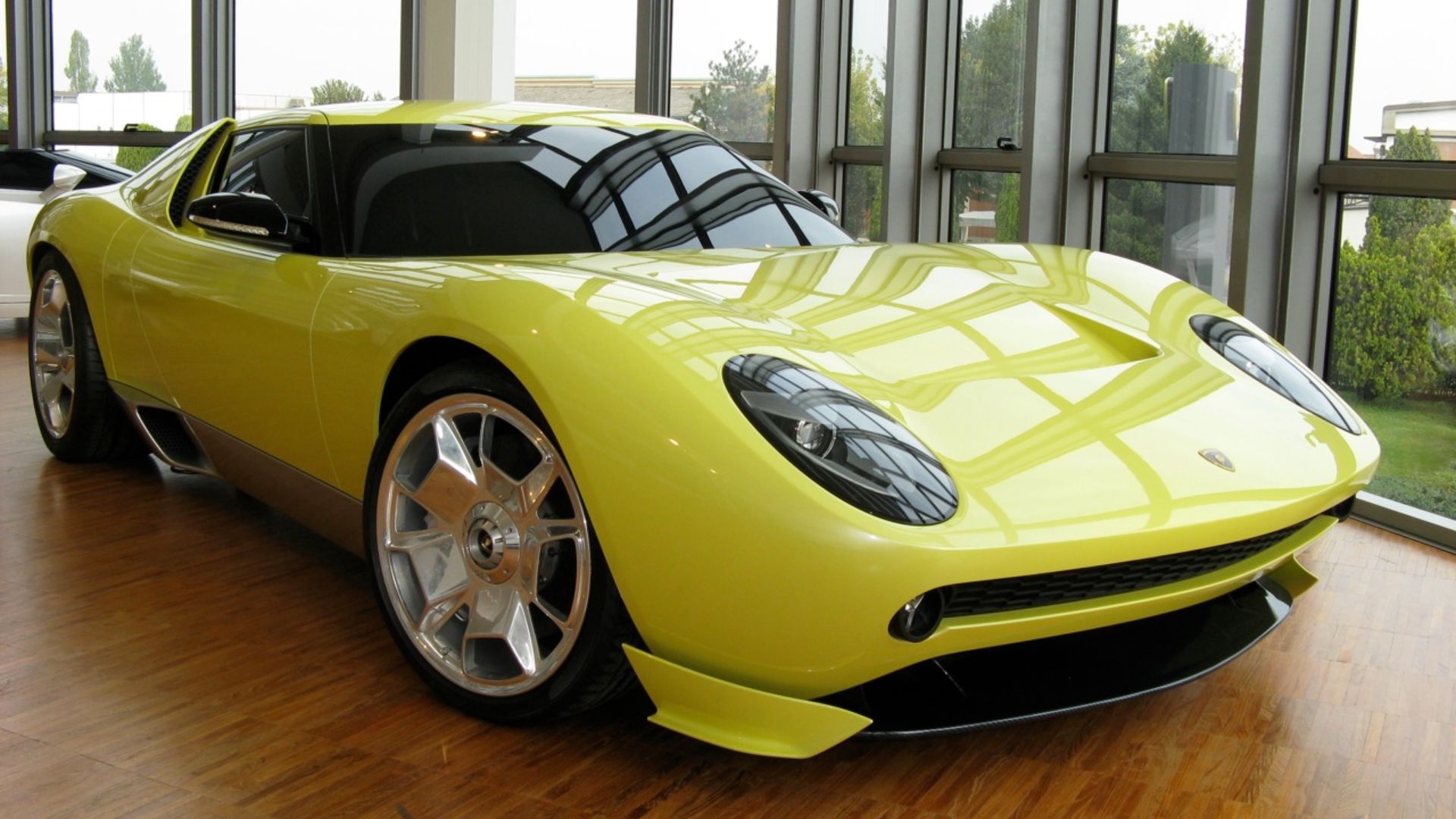 smartvital from Berlin, Germany, Wikimedia Commons
smartvital from Berlin, Germany, Wikimedia Commons
Porsche 911 GT2 (997)
The 997 GT2 redefined menace within Porsche’s lineup. The twin turbos hurled power into the rear wheels, which led to violent snaps of acceleration. Over 500 horsepower demanded accuracy at every input. Drivers found it intoxicating in perfect moments and unforgiving when instincts strayed slightly.
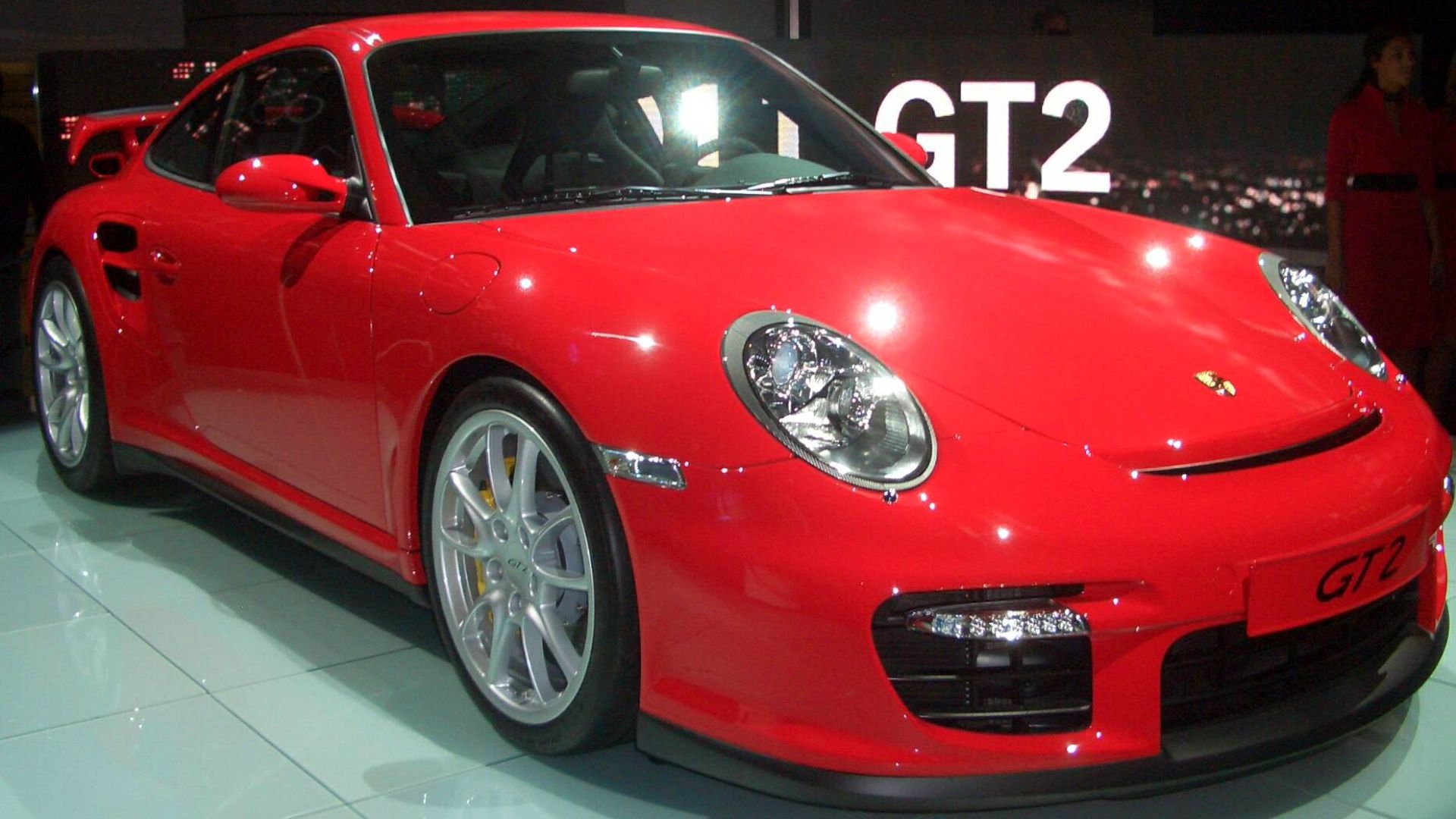 funky1opti from Wolfsburg, Deutschland, Wikimedia Commons
funky1opti from Wolfsburg, Deutschland, Wikimedia Commons
Rimac Concept One
Rimac’s Concept One delivered instant electric torque exceeding 1,000 lb-ft. This sudden surge caused major crashes, most famously Richard Hammond’s fiery accident. Drivers faced traction loss without warning, and damaged battery packs carried fire risks.
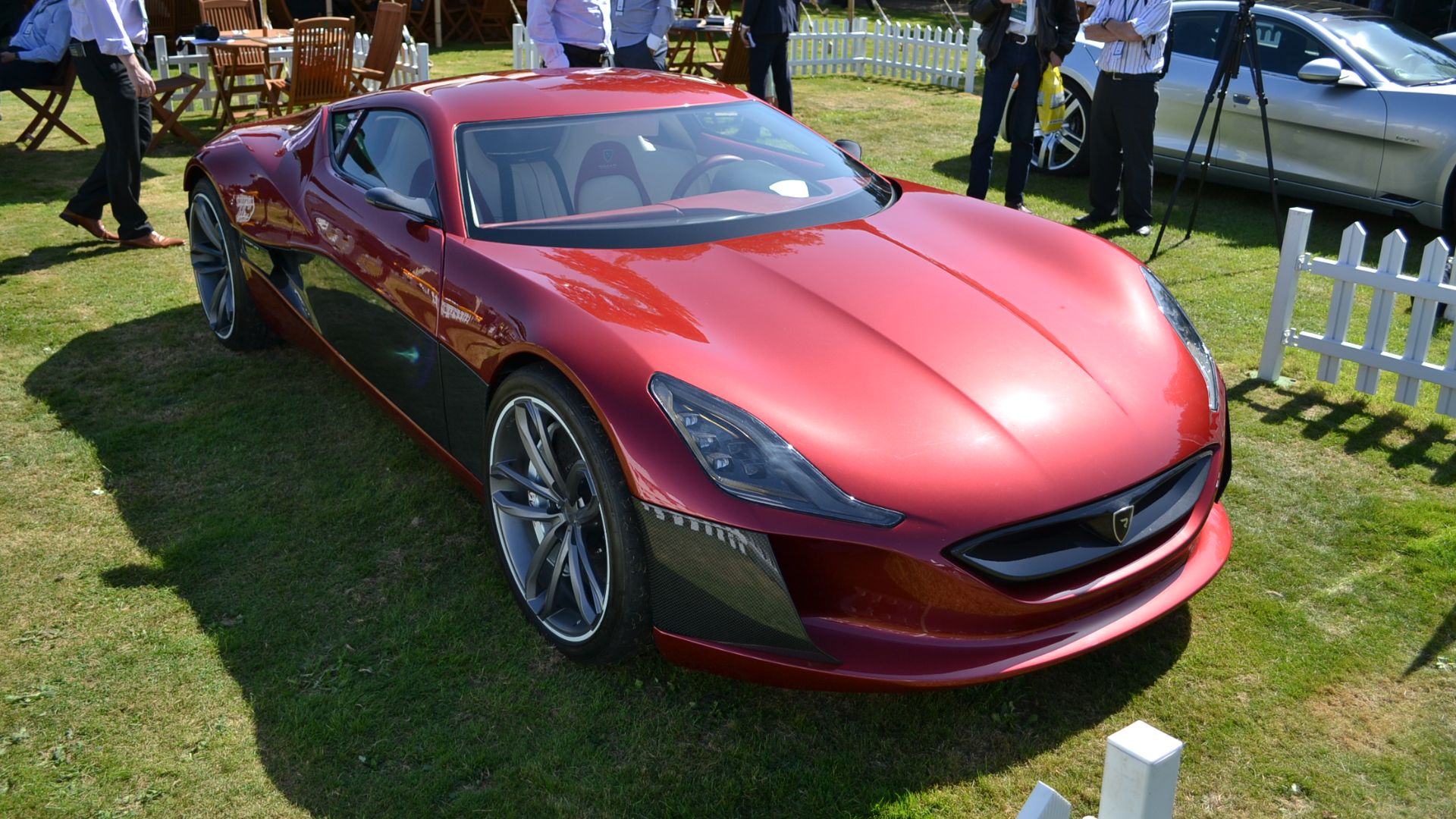 The Car Spy, Wikimedia Commons
The Car Spy, Wikimedia Commons
TVR Cerbera Speed 12
Even its creator admitted the Speed 12 was too wild to sell. Packing over 800 horsepower in a fragile frame, it leapt to 60 mph in under three seconds. Without safety nets or an antilock brake system, it was the perfect fit for reckless engineering pushed too far.
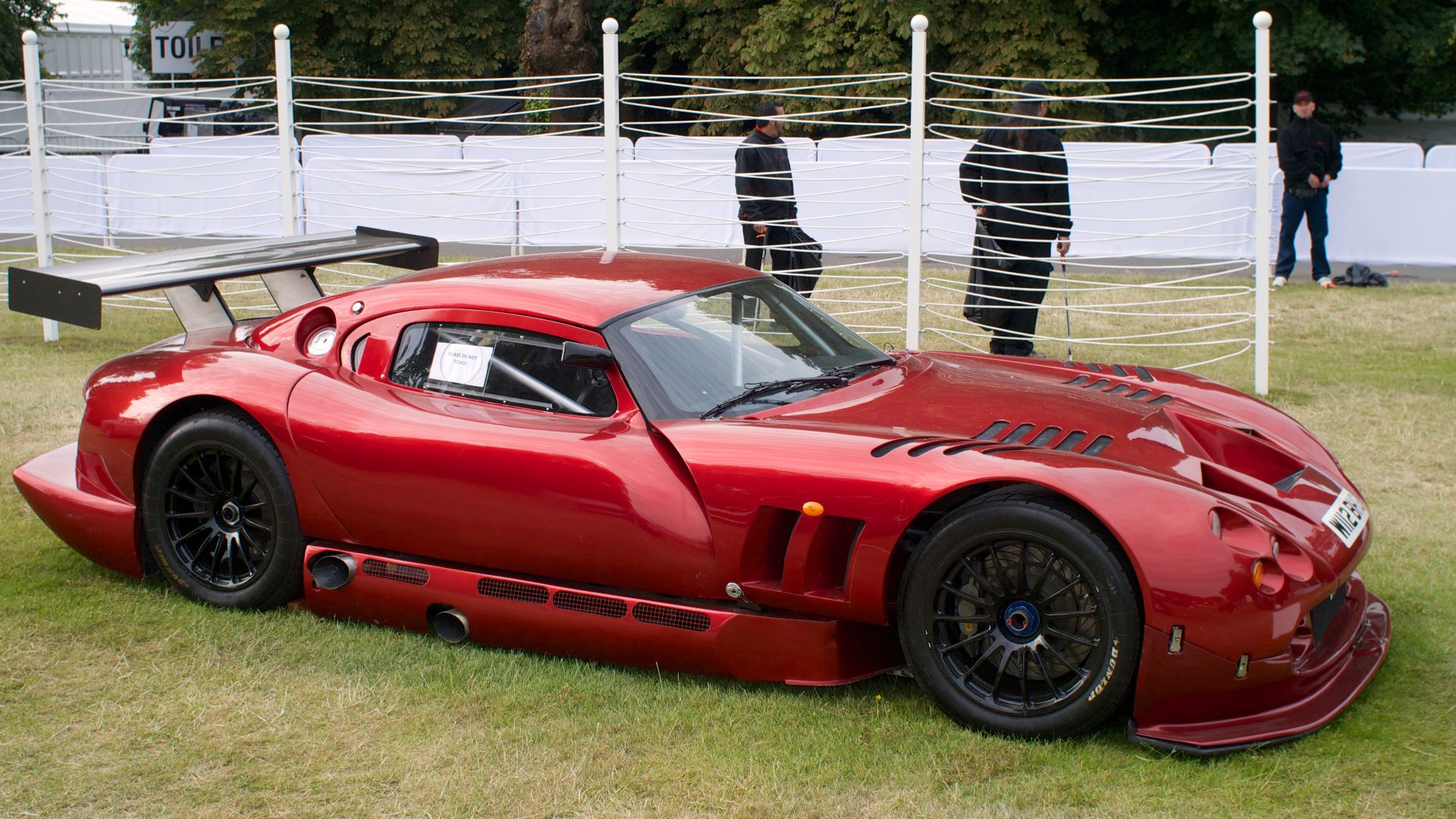 Edvvc from London, UK, Wikimedia Commons
Edvvc from London, UK, Wikimedia Commons
Ferrari F40
Ferrari’s 40th anniversary icon was ferocious. Twin turbos punched with violent lag, while brakes and steering felt primitive. With no electronic safety, even experts like Nico Rosberg called it terrifying. The F40 was both a dream car and a deadly dare.
Maserati MC12
The MC12 borrowed Ferrari Enzo hardware but carried a stiffer suspension aimed at racing. On normal roads, this setup caused unpredictable handling. With 630 horsepower and no street-oriented safety aids, drivers found it unforgiving, often struggling to control a machine built for circuits.
Lamborghini Diablo
Exotic and notoriously difficult to tame, the Diablo demanded strength as much as skill. The clutch wore drivers down, the cabin gave almost no outward view, and the huge V12 delivered power that needed constant attention in every setting.
TVR Tuscan
Though its handling often caught drivers off guard, the Tuscan delivered sharp performance from its inline-six engine. However, the braking system lacked confidence. Without airbags or electronic support, the car required focus at all times to avoid disaster.
Alfa Romeo TZ3 Stradale
Beneath its elegant Zagato body lurked a Dodge Viper’s savage core. An 8.4-liter V10 hurled the car forward, but without modern stability aids, handling stayed wild. Italian style couldn’t mask American brute force, and misjudgment meant its tires clawed for grip against overwhelming power.
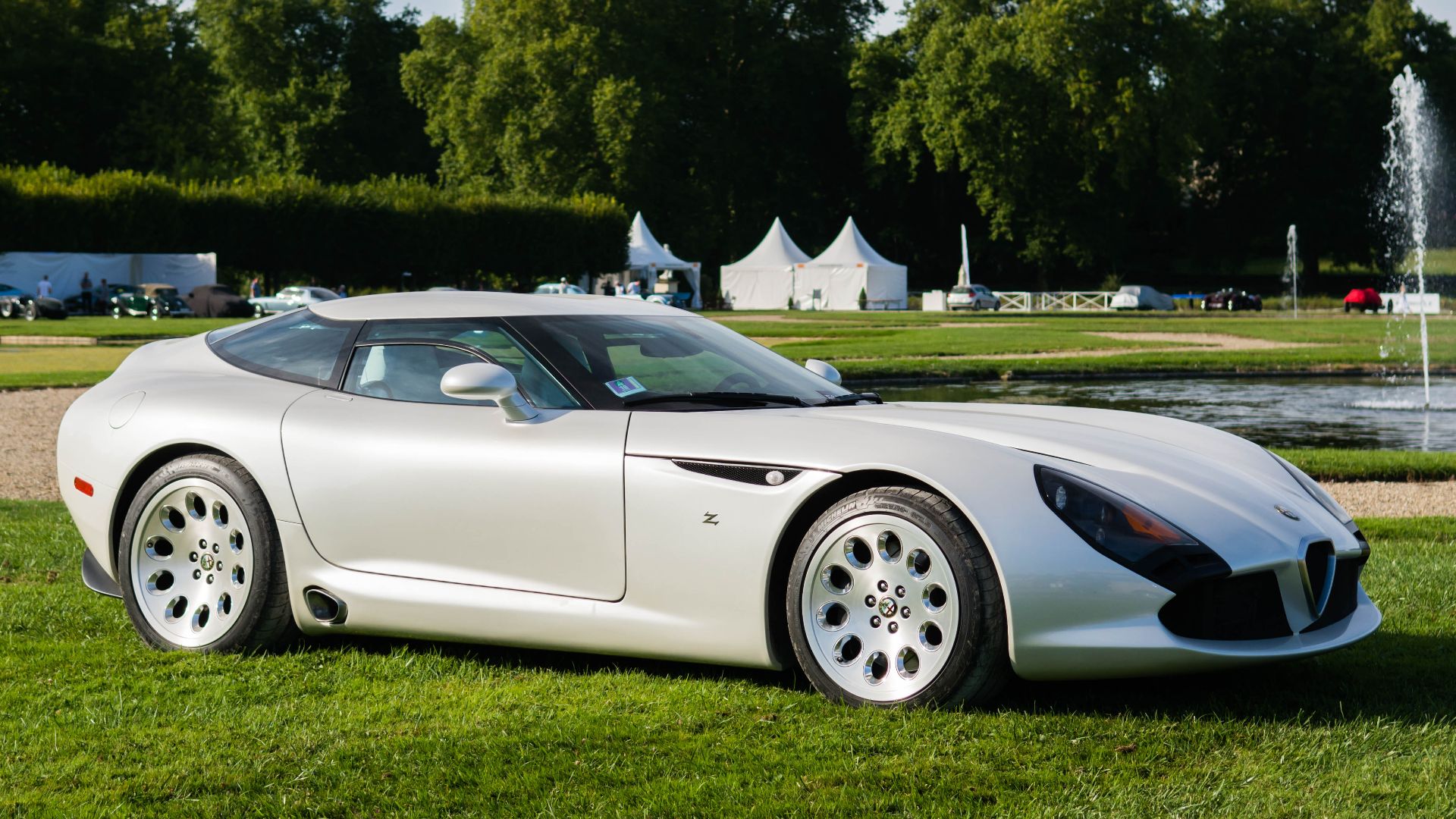 el.guy08_11, Wikimedia Commons
el.guy08_11, Wikimedia Commons
De Tomaso Pantera
The Pantera promised Italian flair with American muscle, though the combination often betrayed its drivers. Heavy torque triggered sudden slides, brakes faded at the worst moments, and fragile fuel lines sparked fires. The dream of effortless power frequently dissolved into chaos on the road.
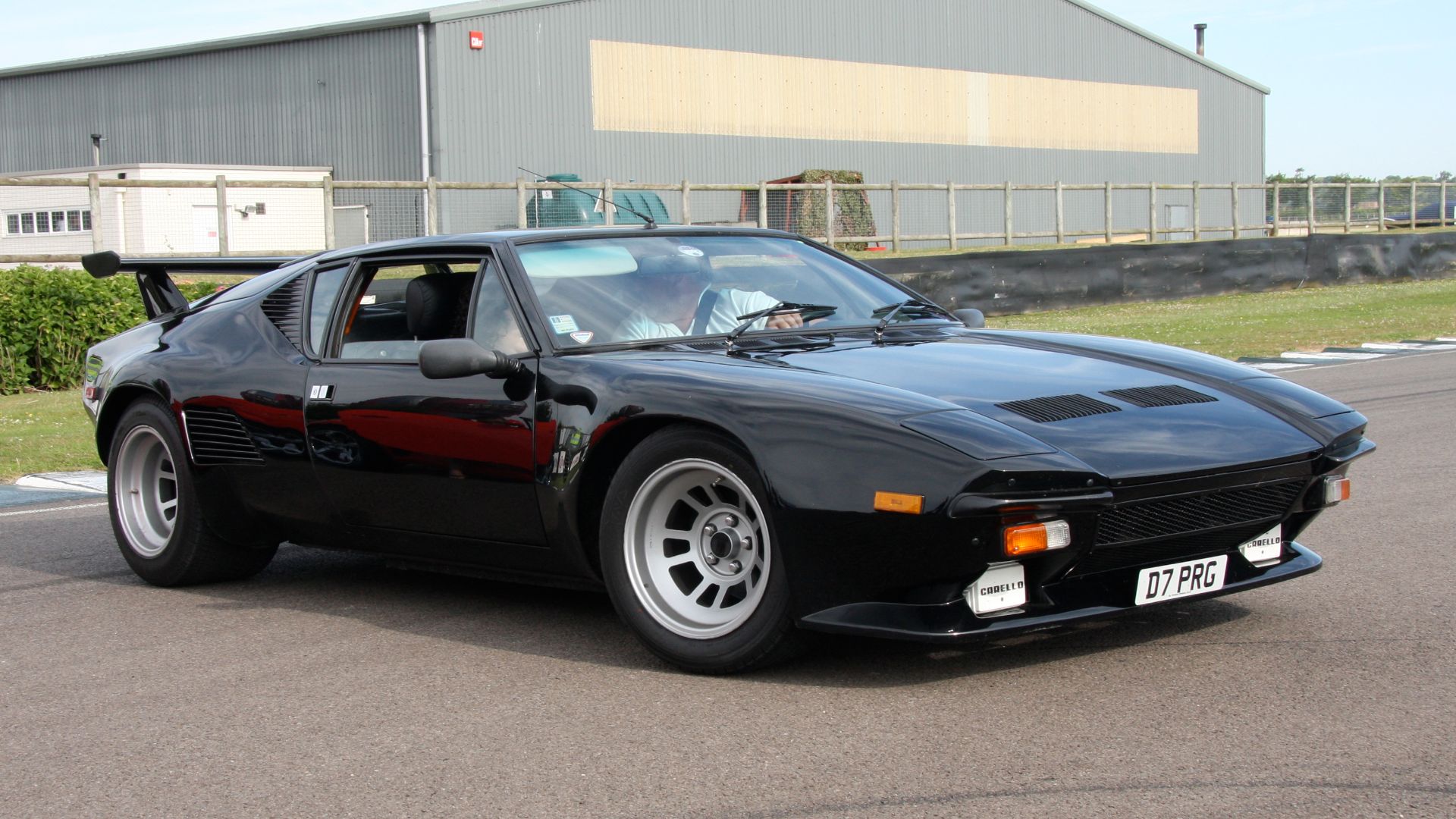 Brian Snelson, Wikimedia Commons
Brian Snelson, Wikimedia Commons

